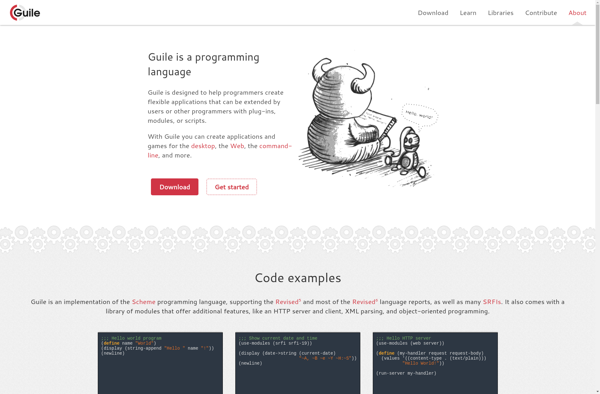Nim (programming language)
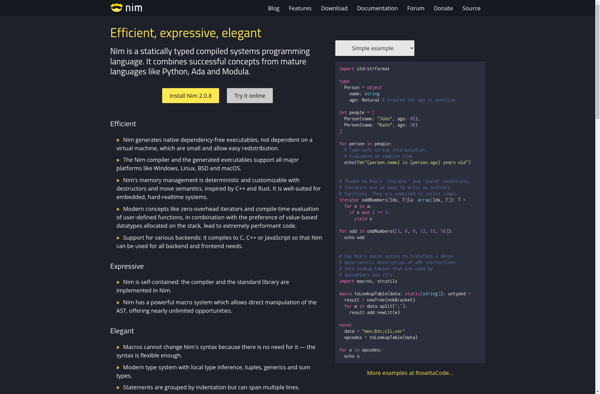
Nim: Efficient General-Purpose Programming Language
Nim combines successful concepts from mature languages like Python, Ada, and Modula, offering features such as compile-time execution, macros, C code generation, garbage collection, and Unicode support.
What is Nim (programming language)?
Nim is an open-source, general-purpose, statically typed, compiled programming language developed by Andreas Rumpf. It combines successful concepts from mature languages like Python, Ada and Modula, offering flexibility and efficiency.
Here are some of its key features:
- Statically typed – Types are checked during compilation which helps catch errors early.
- Compiles to C – It compiles to highly optimized C code rather than bytecode which allows fast execution with small binaries.
- Metaprogramming Support – Macros allow code generation or modification at compile time. This enables things like writing domain specific languages.
- Garbage Collected – Has an efficient incremental garbage collector which frees the programmer from manual memory management.
- Strong and Static Typing – The type system catches many bugs at compile time resulting in more robust code.
- Unicode Support – Full native Unicode support allows working seamlessly with text in any language.
- Portability – The same source code can be compiled for all major operating systems.
Nim has an elegant Python-like syntax making it highly readable. It's used for anything from web development and game development to robotics. User communities report productivity close to Python but performance near C/C++. This combination of flexibility and efficiency makes it well suited for many real-world applications.
Nim (programming language) Features
Features
- Statically typed
- Compiles to C code
- Garbage collected
- First-class functions
- Iterators and closures
- Exception handling
- Generic programming
Pricing
- Open Source
Pros
Cons
Official Links
Reviews & Ratings
Login to ReviewNo reviews yet
Be the first to share your experience with Nim (programming language)!
Login to ReviewThe Best Nim (programming language) Alternatives
Top Development and Programming Languages and other similar apps like Nim (programming language)
Kotlin
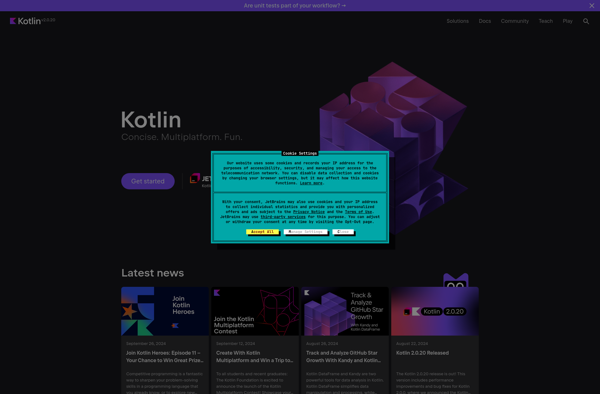
PyPy
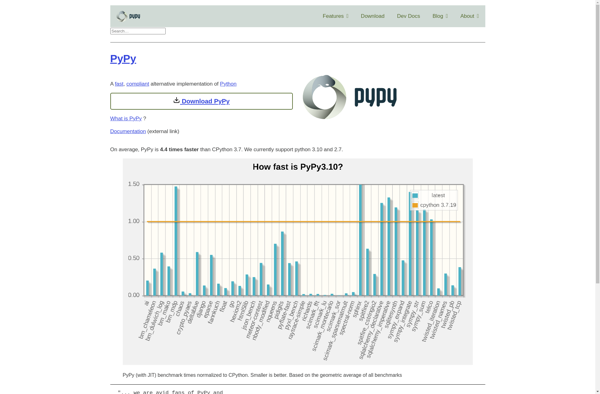
FreeBASIC

Groovy
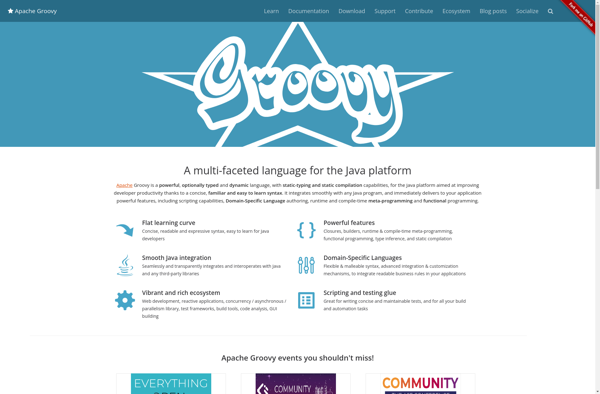
Erlang
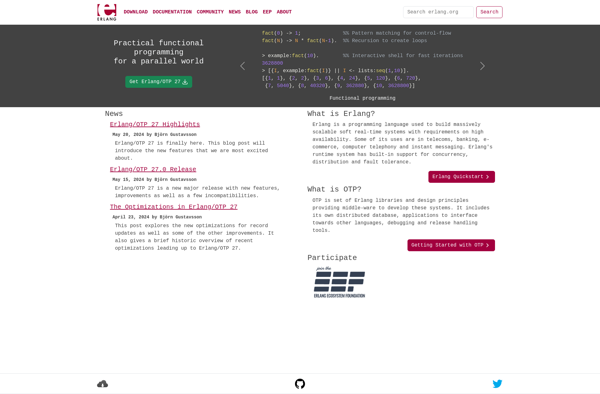
REBOL

SMX
Coconut programming language
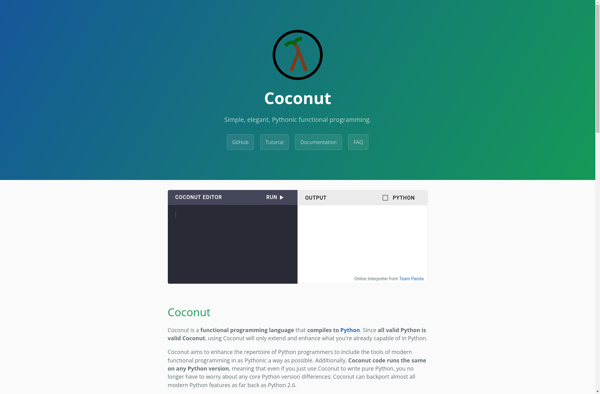
Io (Programming Language)

Pony language
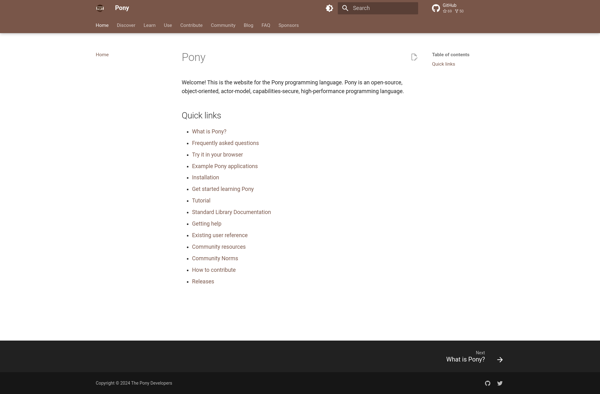
BeanShell

Pyret
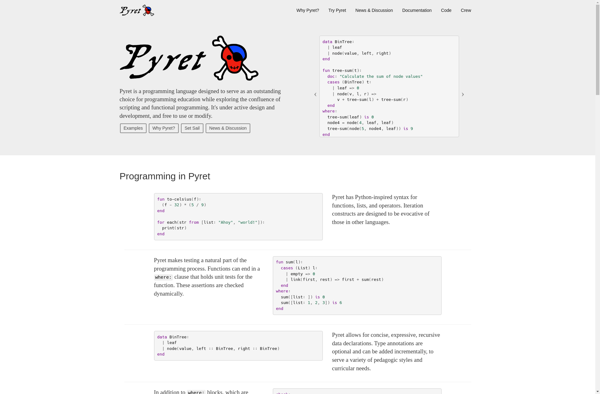
GDscript

Cobra

Stackless Python
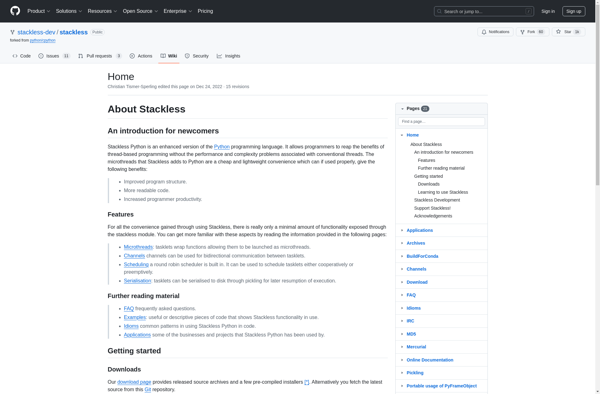
Objective-J

Guile
